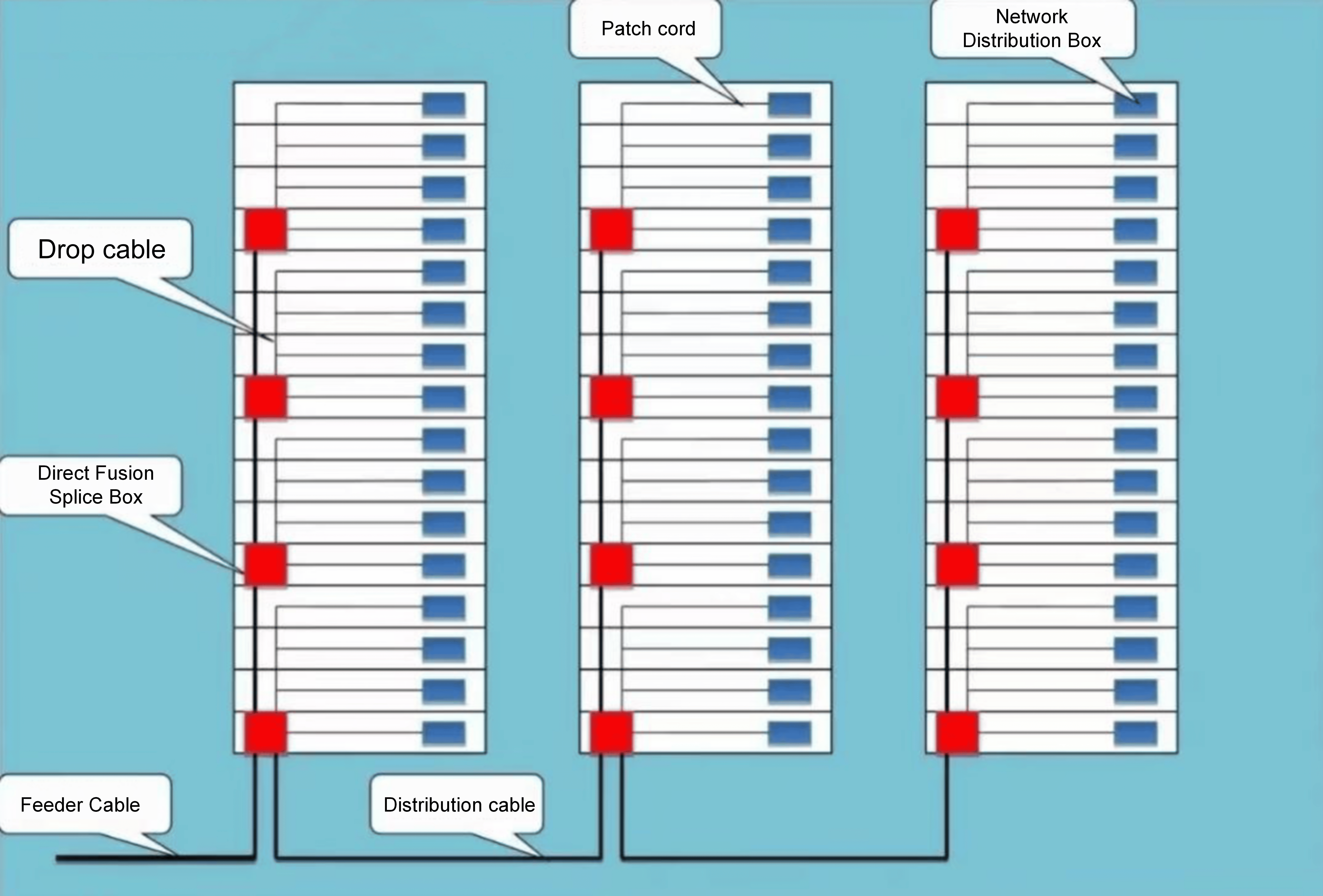Introduction
Drop cables are important to the wiring of a central house because it means that outlets or fixtures can be connected directly from an electrical panel. Drop cables are the vertical cords that run from you main electrical panel to a receptacle or outlet, and ensuring it is positioned correctly not only for how good volumes work but much more so you do not want this creating an unsafe fire hazard in your household. Furthermore, where your electrical system outlets are situated could save you a lot of money on wiring and it is also about safety It means everyone gets the drop, so when our release process comes through your neighborhood with in-Home Fiber-to-the-Premise (FTTP) drops you are home free: How to Prepare for Inside-Home Drop Cable InstallationMaterials Needed Find the headend equipment on PON tutorial.
Planning the Cable Route
Travel around your home to find the electrical panels and figure out what outlets or fixtures you would want on them. The process of which the cable is grouped in its routing through ceiling, wall studs and floor structures leaves it both cost effective to customers as well as less obtrusive. After the route is decided, you need to know how much wire will be necessary and what type/gauge of cable could best handle intended load.
Preparing the Workspace
Housewide power should be disconnected to make the working area much safer; you will also need cable strippers, wire cutters and a voltage tester… along with proper safety equipment like gloves end googles as well. Verify with a voltage tester to make sure the electricity is off or you can be injured by electrical shock.
Installing the Drop Cable
The cable run will originate at the panel, and follow the planed path to your new outlet location. Use cable clips or staples to protect the cable in place neatly and safely, following your planned route. If you plan to run the cable through walls or ceilings, you can use a drill and bit with an appropriately sized hole so as not to damage the cable.
Connecting the Drop Cable
Terminate the cable at electrical panel, strip off insulation exposing conductors and connect them using proper terminals or connectors suitable for the panel style. Make sure all your connections are properly wired and meeting the electrical codes. Lastly, connect the cable to your desired outlet or fixture on one end (being sure all connections are properly secured) using wire nuts and grounding any fixtures/outlets where necessary.
Testing the Installation
Now, power it back on and watch for any signs of anything electrical happening. See if it is a successful installation of the way by testing that outlets and fixtures work. AND, test with a voltmeter to see if there is still some high voltage current travelling through the path where you would like to install!
Conclusion
Drop cable installation in a center residence requires advance planning as well instrumentation to accurately measure with compliance of electric code. Proper installation of the cable will allow you to safely install the wire and give optimal performance on all electrical connections. But if you are in any doubt or do not have the required skills, it is best to seek advice from an electrician. Electrical work gone bad is no joke and with the assistance of a professional you can rest assure that your new installation will be up to code, safe for use.

